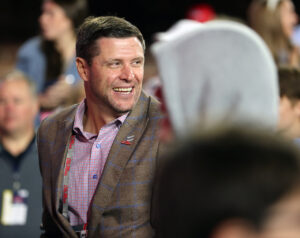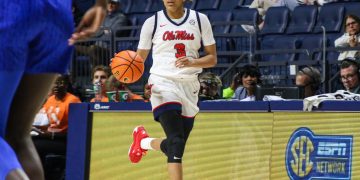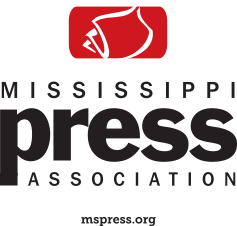
Significant progress has been made on the lawsuit House vs. NCAA, which impacts the way college athletes are paid.
The case was brought in 2020 by former Arizona State swimmer Grant House and TCU/Oregon basketball player Sedona Prince, who sued the NCAA for barring name, image and likeness (NIL) payments for athletes prior to 2021, when the NCAA changed its rules to allow NIL. The plaintiffs alleged that the NCAA’s rules prohibiting payment was a violation of the Sherman Act and they deserved compensation.
On May 23, 2024, the NCAA reached a settlement of the case allowing Division I college athletes to receive pay directly from the universities for whom they compete and agreeing to back-pay damages to former Division I athletes who were unable to profit on their NIL rights as well as a future revenue sharing model between the Power Five conference schools and athletes. The settlement has not yet been finalized and still must be approved by U.S. District Court Judge Claudia Wilken in the coming months.
Under the $2.78 billion settlement, the NCAA would be responsible for roughly $1.2 billion from reserves. The Power Five conferences would be responsible for about 24% in withheld future revenues. Every collegiate athlete that competed between 2016 and 2021 will have the opportunity to opt into the revenue share.
“The NCAA will pay (the $2.78 billion in back-pay to former college athletes). They will pay it out over a 10-year period,” Ole Miss Athletic Director Keith Carter said in an interview with The Daily Mississippian. “They will take our revenue share and help supplement that, but it will be coming from the NCAA on the backwards looking damages. Obviously we’re going to be in charge of figuring out how we pay the current revenue share for the current student athletes starting in 2025.”
Until they figure out what the revenue share is going to look like, Ole Miss Athletics is delaying future facility renovation and construction projects.
While construction on the softball facility will continue, construction on the baseball stadium has been paused. Other planned projects affected include renovations to the Ole Miss Soccer Stadium, Ole Miss Golf Complex and Vaught-Hemingway Stadium.
Carter said the university is still determining what system and scale will be used to pay current and former athletes, although some ideas have been suggested.
“There’s been a recommendation … 75% would go to former football players, 15% would go to former men’s basketball, 5% to (former) women’s basketball, and then the other 5% would go to the rest of the student athletes,” Carter said.
How Title IX will impact the settlement is also unknown. The revenue could be divided equally among women’s and men’s sports, lean toward the sports that generate more revenue or be a mix of the two.
When student athletes will be paid is also yet to be determined. Carter said that universities are waiting for the settlement to be finalized and anticipate payments to start in July 2025.
“Judge Wilken has to go through different processes from a legal perspective, but they’re saying it will probably be next April or so before the final settlement,” Carter said. “And that’s if there’s no hiccups and no roadblocks. We’re kind of preparing that rev (revenue) share would start July 1 of 2025. … All of our legal counsel from the SEC office and outside legal counsel are confident and hopeful that it will settle in April or so.”




























